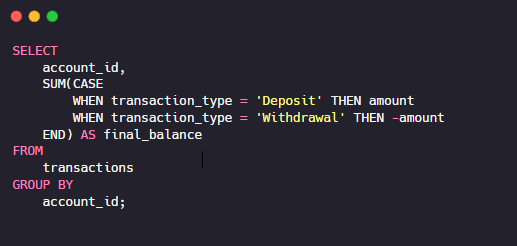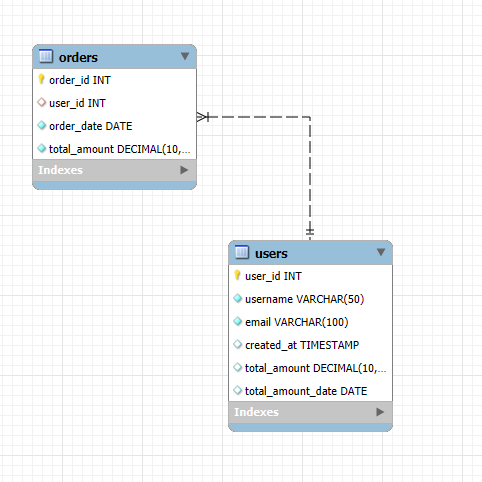
Introduction
SQL’s INSERT INTO, UPDATE, and DELETE statements are used to modify data in a database. These statements are essential for data maintenance and can be used to perform a variety of tasks, such as:
- Adding new records to a table
- Updating existing records in a table
- Deleting records from a table
INSERT INTO
The INSERT INTO statement is used to insert new records into a table. The basic syntax of the INSERT INTO statement is as follows:
INSERT INTO table_name (column1, column2, ...) VALUES (value1, value2, ...);The table_name argument is the name of the table into which you want to insert the new record. The column1, column2, ... arguments are the names of the columns in the table into which you want to insert the new values. The value1, value2, ... arguments are the values that you want to insert into the columns.
For example, the following INSERT INTO statement will insert a new record into the customers table:
INSERT INTO customers (name, email, phone_number) VALUES ('John Doe', 'john.doe@example.com', '+1 (555) 555-5555');UPDATE
The UPDATE statement is used to update existing records in a table. The basic syntax of the UPDATE statement is as follows:
UPDATE table_name SET column1 = value1, column2 = value2, ... WHERE condition;The table_name argument is the name of the table that you want to update. The column1, column2, ... arguments are the names of the columns in the table that you want to update. The value1, value2, ... arguments are the new values that you want to insert into the columns.
The WHERE condition argument is used to filter the rows that will be updated. If the WHERE condition is omitted, all rows in the table will be updated.
For example, the following UPDATE statement will update the email column for all customers in the customers table whose name is "John Doe":
UPDATE customers SET email = 'john.doe@new-email.com' WHERE name = 'John Doe';DELETE
The DELETE statement is used to delete records from a table. The basic syntax of the DELETE statement is as follows:
DELETE FROM table_name WHERE condition;The table_name argument is the name of the table from which you want to delete records. The WHERE condition argument is used to filter the rows that will be deleted. If the WHERE condition is omitted, all rows in the table will be deleted.
For example, the following DELETE statement will delete all customers in the customers table whose name is "John Doe":
DELETE FROM customers WHERE name = 'John Doe';Transactions
A transaction is a group of one or more SQL statements that are treated as a single unit. Transactions are used to ensure that data is consistent and accurate, even if there are errors during the execution of the statements.
To start a transaction, you can use the BEGIN TRANSACTION statement. To commit the transaction, you can use the COMMIT TRANSACTION statement. To roll back the transaction, you can use the ROLLBACK TRANSACTION statement.
For example, the following code shows a simple transaction:
BEGIN TRANSACTION;
UPDATE customers SET email = 'john.doe@new-email.com' WHERE name = 'John Doe';
COMMIT TRANSACTION;If there is an error during the execution of the UPDATE statement, the transaction will be rolled back and the changes will not be saved to the database.
Conclusion
SQL’s INSERT INTO, UPDATE, and DELETE statements are powerful tools for modifying data in a database. By understanding the syntax and usage of these statements, you can perform a variety of data maintenance tasks.









